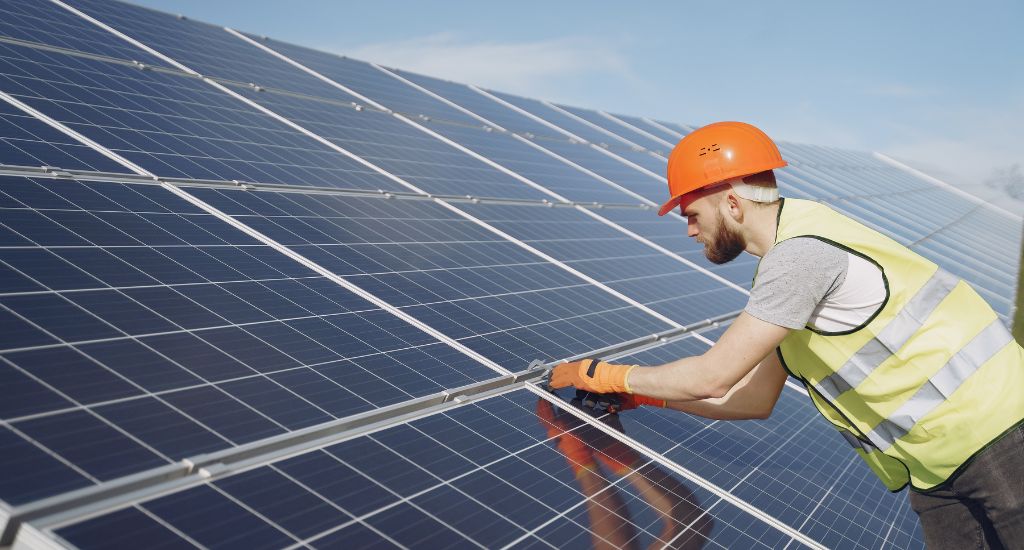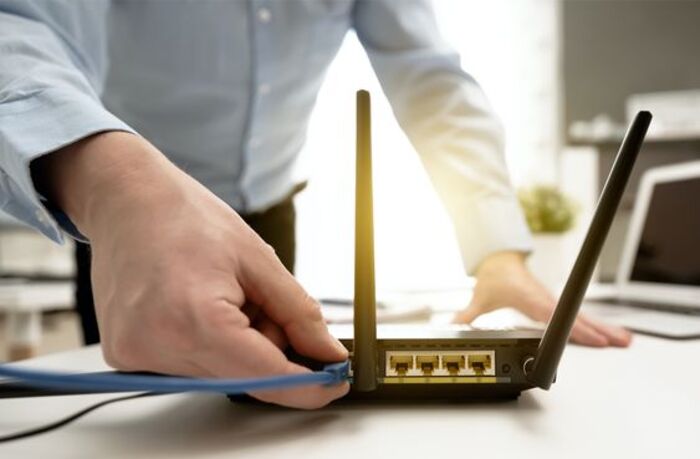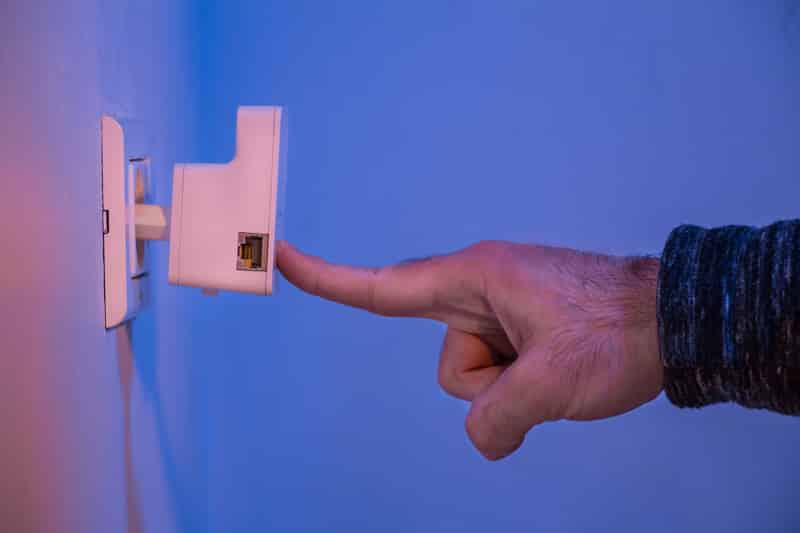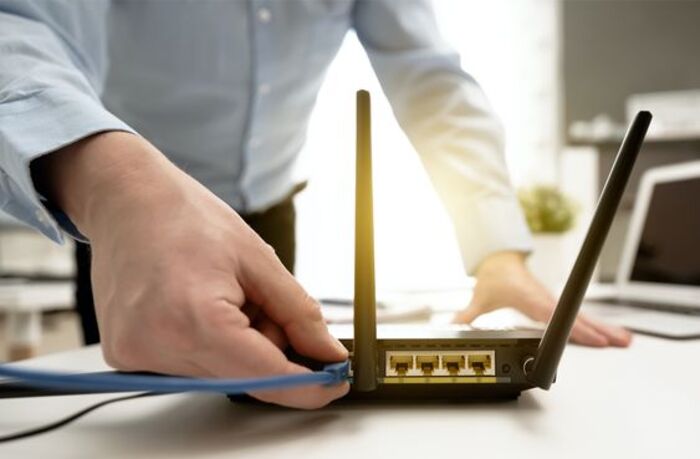Solar panels in good shape can help maximize their power output and keep energy bills low. However, even the best-maintained systems experience occasional setbacks.
Several factors, including weather changes and solar panel degradation, can cause a drop in production. To catch these issues early, monitor the system’s performance.
Remove Debris From The Roof
Debris buildup on the roof can lead to several issues, including deterioration and water leakage. Depending on the type of debris, it can also cause damage to the shingles and other roofing materials.
Remove debris from the roof regularly to prevent this. It is a simple and essential part of maintaining a roof and can save money in the long run.
The most common way to remove debris from the roof is to use a leaf blower. It is typically the safest way to do it because it can reach areas without a ladder.
Once a roof is cleared of debris, it is essential to clean the gutters thoroughly. It will remove any leaves or other accumulated organic matter over time and help prevent any clogs from developing.
Hiring a professional for solar panel maintenance might be helpful if the roof is vast. It can ensure that all of the debris is safely removed and check the gutters for any loose ends.
Keeping a roof free of debris is essential to keeping it in good shape and prolonging the life of the shingles and other roofing materials. It is also a great way to ensure the solar system produces maximum energy output.
Check for Loose Screws and Bolts
Keeping solar panels tight is a good practice to prevent costly repairs in the future. Over time, screws and bolts can come loose due to temperature changes or recurrent vibrations.
If someone has many solar panels on the roof, checking for loose screws and bolts is vital. It will ensure that panels operate optimally and maximize the system’s output.
Loose screws and bolts could cause significant disruption to the system. It could result in decreased panel efficiency and reduced output.
As with most hardware, screws and bolts may loosen over time due to recurrent use, vibrations or differential thermal expansion. Differential thermal expansion is the rapid expansion of one part or another in response to a significant change in temperature.
Shock is another common reason that fasteners come loose. Vibrations and alternating loads from industrial machinery, generators and wind turbines can cause mechanical shock that causes the threads on the bolt to slip relative to the lines on the joint.
These processes can cause sections of the joint to slide sideways, which puts unnecessary shear stress on the bolt. It can ultimately cause the bolt to break.
Check for Animal Inhabitants
If someone lives in an area with much wildlife, checking solar panels for any small animals is essential. It can help determine if we need to install a critter guard to prevent any creatures from trying to burrow under the panels.
A variety of species are affected by solar facilities, including birds, mammals, reptiles and amphibians. Some may be influenced by their movement patterns, while others could become stranded or die due to being singed or burned by the panels.
Birds are especially vulnerable to solar facility mortality because of the high risk of collision with the facilities or being singed or burned by the sun’s rays. Moreover, these facilities are often located on migratory routes or near breeding and wintering grounds.
In addition, some species are more likely to migrate through solar sites than others, such as raptors. Because migratory birds can fly longer distances than residents, avoiding solar facilities as they pass by them is more challenging.
Research is needed to understand how solar facilities impact wildlife, particularly near migration corridors. Studies should address how species perceive the structures, their movements, habitat use and interspecific interactions.
Schedule a Visual Inspection
Visual inspections are an essential component of any preventive maintenance program. They can help spot problems early before they become more significant and costly.
It is also an effective way to ensure that assets meet quality standards and comply with regulations. In addition, they can reduce costs associated with product rework and scrap.
However, visual inspections could be more foolproof. They can only notice minor issues that could turn into big problems if caught in the early stages of the lifecycle of solar panels.
Fortunately, modern visual inspection techniques are more efficient than ever before. For example, new Remote Visual Inspection (RVI) tools allow inspectors to use cameras without being physically present, significantly speeding up the inspection process.
When planning a visual inspection, defining what someone wants to inspect and how they intend to do it is essential. It will ensure focus assessments on the most crucial defects and issues while avoiding unnecessary examination time.
For example, if they are conducting a visual inspection on a solar panel, they will likely want to map out areas that need to be checked. It will help create a checklist and flowchart that the team can follow when inspecting the asset.
Once the process is mapped out, record it in CMMS. It will allow someone to quickly access the information and keep track of any updates that need to be made.







